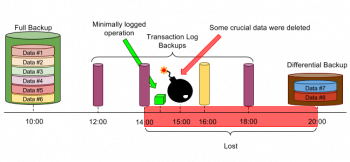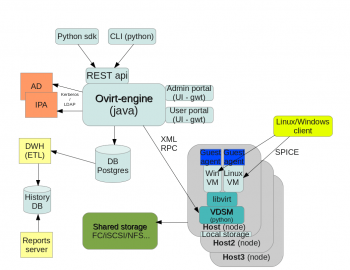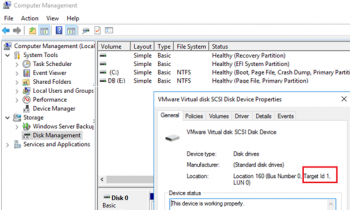Install Gparted on CentOS 8 - A Step by Step guide ?
This article covers the best way to Install Gparted 'Gnome partition' editor on CentOS 8 system. In fact, Gparted (also known as GNOME partition editor) is a free partitioning tool that uses GNU parted in the backend. Gparted is used to create, delete, or resize a partition without data loss.
How to Create a new partition on CentOS 8 system ?
- To create a new partition you need to have some free space on your disk.
- Do this by right-clicking on it now click on New option this will open a new window fill the required information, and then click on Add.
- Finally, click on the right tick (✔) given on the top to apply all the operations.
Install and Configure Redis on CentOS 8 - Step by Step Procedure ?
This article covers the complete Installation guide of Redis on the CentOS 8 system. Redis is an open-source in-memory data structure store. In fact, You can use it as a Memcached alternative to store simple key-value pairs, as a NoSQL database, or even a message broker with the Pub-Sub pattern.
Also, Redis supports data structures such as strings, hashes, lists, sets, sorted sets with range queries, bitmaps, HyperLogLogs and geospatial indexes with radius queries. Redis has built-in replication, Lua scripting, LRU eviction, transactions and different levels of on-disk persistence, and provides high availability via Redis Sentinel and automatic partitioning with Redis Cluster.
Start, Stop or Restart Services in CentOS 8 - Step by Step Process ?
This article covers how to start, stop and restart the httpd service on CentOS 8 system with the help of the systemctl command. Using this utility, you can easily control any systemd and server-wide service on your system.
Linux provides fine-grained control over system services through systemd, using the systemctl command. Services can be turned on, turned off, restarted, reloaded, or even enabled or disabled at boot. If you are running Debian 7, CentOS 7, or Ubuntu 15.04 (or later), your system likely uses systemd.
Enable SSH on CentOS 8 - Best Method ?
This article covers how to enable SSH on a CentOS machine and connect to it using a client machine. If you want to make your remote access secure, Read our post on the Best Ways to Secure Your SSH Server.
SSH provides the ability to transfer files between remote systems. When a user logs into a remote system using SSH, they receive a command prompt allowing them to enter commands on the remote system as if they were sitting at the remote system and had opened a terminal session.
How to Install OpenSSH Server Software Package ?
Enter the following command from your terminal to start the installation process:
$ sudo yum –y install openssh-server openssh-clientsThis command installs both the OpenSSH client applications, as well as the OpenSSH server daemon, sshd.
Install Elasticsearch on CentOS 8 - Best Method ?
This article covers the installation and basic configuration of Elasticsearch on the CentOS system. For how to use Elasticsearch, visit the Quick start guide available on its website. Elasticsearch is an open source search and analytics engine that allows you to store, search, and analyze big volumes of data in real time. Elasticsearch powers millions of Applications that rely on intensive search operations such as e-commerce platforms and big data applications.
Elasticsearch supports RESTful operations. This means that you can use HTTP methods (GET, POST, PUT, DELETE, etc.) in combination with an HTTP URI (/collection/entry) to manipulate your data. The intuitive RESTful approach is both developer and user friendly, which is one of the reasons for Elasticsearch's popularity.
Install McAfee ENS on CentOS Linux – Standalone
This article covers steps to install and setup McAfee ENS Threat Prevention Standalone setup on a Linux system. McAfee is one of the best and most useful Antivirus product which is being used in the market.















